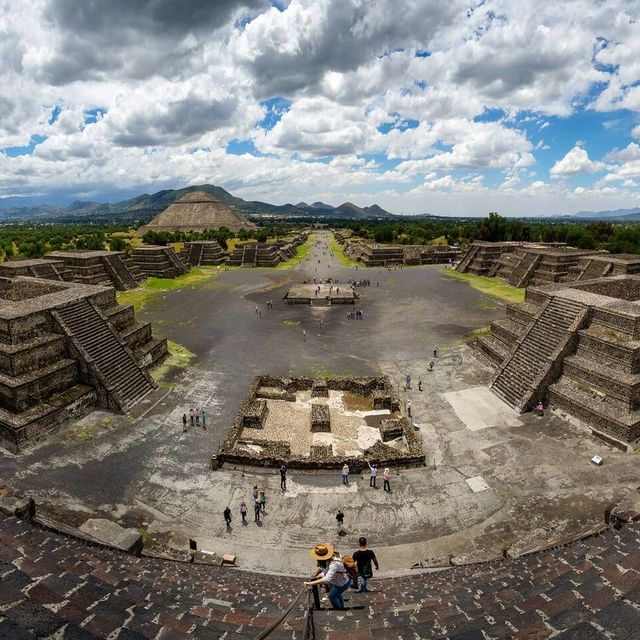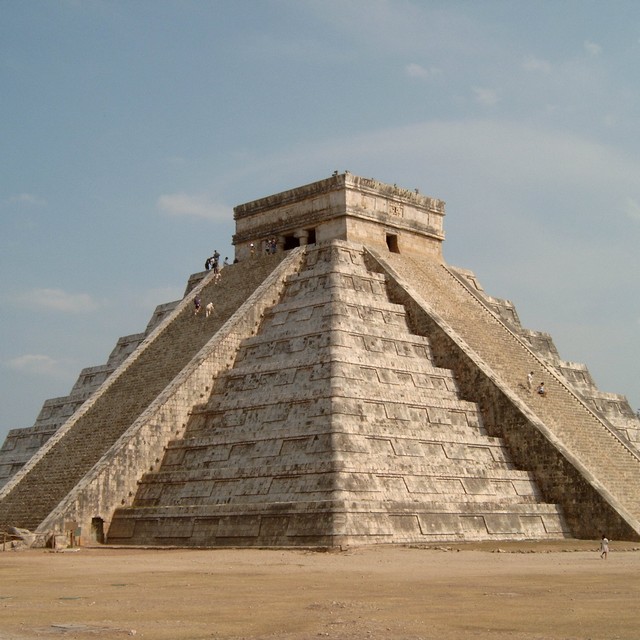
Classic Mexico
Mexico
Culture
Aztec ruins, Oaxacan flavours & colonial towns
£2,480 pp
This is the per person group tour price, based on 2 sharing. The price is subject to change with exchange rate and flight cost fluctuations.
14 days
